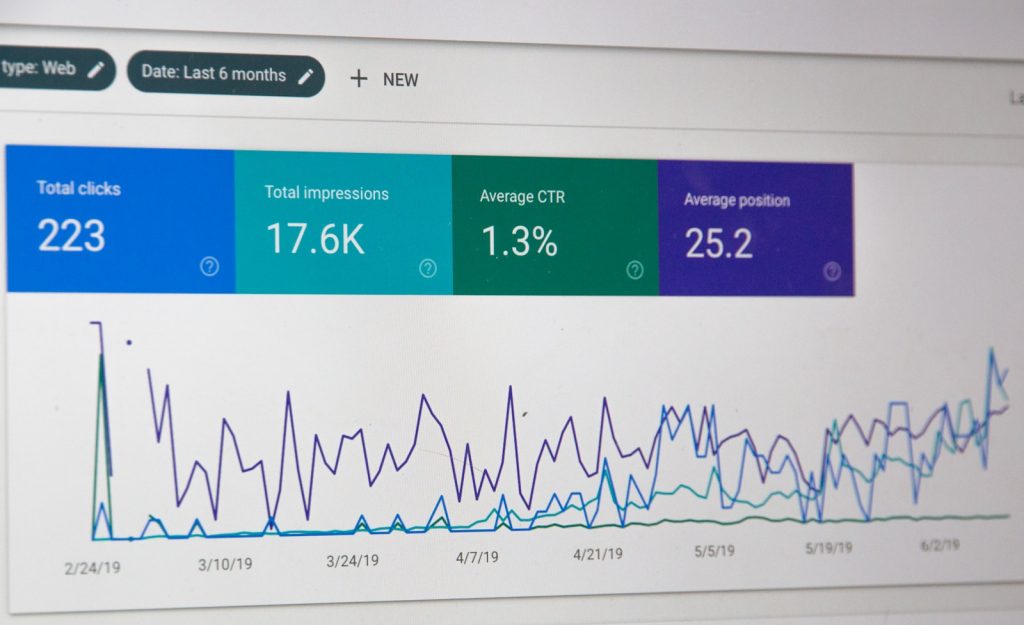Introduction
In today’s dynamic digital landscape, staying ahead of the curve requires constant adaptation and evolution. One crucial aspect of this evolution is the implementation of SEO migrations, strategic maneuvers aimed at enhancing a website’s visibility, relevance, and performance in search engine results. This comprehensive guide serves as your roadmap to navigating the complexities of SEO migrations, offering invaluable insights and practical advice to unlock the full potential of your online presence.
Understanding SEO Migrations
At its core, an SEO migration involves making significant changes to your website’s structure, platform, or content with the overarching goal of improving its search engine rankings and overall visibility. These migrations can encompass a wide range of transformations, including domain changes, website redesigns, content overhauls, platform migrations, and more. While the prospect of such substantial changes may seem daunting, when executed strategically, SEO migrations can yield substantial benefits, propelling your website to new heights of success and relevance in the digital sphere.
The Importance of SEO Migrations
In the ever-evolving realm of search engine optimization (SEO), stagnation is synonymous with regression. As algorithms evolve, user behaviors shift, and competitors adapt, maintaining a static online presence is akin to courting obsolescence. It is here that the significance of SEO migrations comes to the fore. By embracing change and proactively optimizing your website to align with evolving best practices and search engine algorithms, you position yourself for sustained success in an increasingly competitive landscape. From bolstering your search engine rankings and increasing organic traffic to enhancing user experience and driving conversions, the benefits of a well-executed SEO migration are manifold and far-reaching.

Crafting a Seamless SEO Migration Strategy
Embarking on an SEO migration journey is not a task you should undertake lightly. It requires meticulous planning, careful execution, and continuous monitoring to ensure a seamless transition and mitigate potential risks. Below, we outline a comprehensive strategy to guide you through the intricacies of an SEO migration, from inception to implementation.
Comprehensive Website Audit
Before embarking on any migration endeavour, it is imperative to conduct a comprehensive audit of your website’s current state. This audit will form the foundation for building your migration strategy and will provide invaluable insights into existing strengths, weaknesses, opportunities, and threats. Key areas to focus on include website structure, content quality, backlink profile, technical SEO elements, and user experience. By gaining a clear understanding of your website’s current performance metrics and identifying areas for improvement, you can lay the groundwork for a successful migration strategy.
Setting Clear Objectives
With a thorough understanding of your website’s current state established, the next step is to define clear and measurable objectives for the migration. What specific goals are you aiming to achieve through this migration? Whether it’s improving search engine rankings, increasing organic traffic, enhancing user engagement, or all of the above, articulating clear objectives is essential for guiding your migration strategy and measuring its success. Establish key performance indicators (KPIs) that align with your objectives, allowing you to track progress and performance throughout the migration process.
Mapping Redirects
Central to any website migration is the seamless redirection of old URLs to their corresponding new counterparts. A comprehensive redirect mapping strategy is crucial for preserving existing link equity, minimizing traffic loss, and maintaining search engine rankings. By creating a detailed redirect map that identifies each old URL and its corresponding new destination, you can ensure that users and search engines are seamlessly directed to the appropriate pages post-migration. Implementing 301 redirects is recommended, as they signal to search engines that the old URL has permanently moved to a new location, thus transferring any accumulated authority and relevance.
Content Optimisation
Content lies at the heart of any successful SEO strategy, and an SEO migration is no exception. As part of your migration process, it is essential to evaluate and optimize your website’s content to align with your target keywords, user intent, and search engine algorithms. This may involve updating meta tags, headings, body content, and other on-page elements to reflect your target keywords and messaging. Additionally, consider conducting keyword research to identify new opportunities for content creation and optimisation, ensuring that your website remains relevant and authoritative in the eyes of both users and search engines.Instead of optimising the content yourself you can get someone at MGR Automations to do it for you, leaving you stress free and achieving better results than ever before.
Technical SEO Considerations
In addition to content optimisation, addressing technical SEO considerations is paramount during an SEO migration. Technical issues such as crawl errors, broken links, duplicate content, and site speed can significantly impact your website’s performance and visibility in search engine results. As part of your migration strategy, conduct a thorough audit of your website’s technical infrastructure, identifying and resolving any issues that may hinder crawlability, indexation, or user experience. Pay particular attention to mobile optimization, as mobile-friendliness is a key ranking factor for search engines. By ensuring that your website is technically sound and optimized for both users and search engines, you lay a solid foundation for success post-migration.
Testing and Monitoring
Before launching your migrated website, it is crucial you conduct extensive testing to identify and address any issues or discrepancies that may arise. This involves testing your own sites functionality, user experience, and performance across various devices and browsers, as well as conducting quality assurance checks to ensure that all elements of your migration have been implemented correctly. Additionally, it is essential to monitor your website’s performance post-migration, tracking changes in search engine rankings, organic traffic, user engagement, and other key metrics. By closely monitoring performance metrics and addressing any issues that arise in a timely manner, you can ensure a smooth transition and maximize the effectiveness of your migration strategy.
Commonly Asked Questions (FAQs)
How long does an SEO migration take? The time of an SEO migration varies depending on factors such as the size and complexity of your website, or the even extent of changes being made. Generally, migrations can take anywhere from a few weeks to several months to complete.
Will an SEO migration affect my search engine rankings? While SEO migrations have the potential to temporarily impact search engine rankings, proper planning and implementation can minimize negative effects and lead to long-term improvements in rankings and visibility.
Do I need to inform search engines about the migration? It’s advisable to inform search engines about the migration by submitting updated sitemaps, utilizing tools like Google Search Console, and monitoring crawl activity to ensure proper indexing of the new website structure.
What are the potential risks associated with SEO migrations? Common risks that can be associated with SEO migrations include loss of your website traffic and rankings, broken links, indexing issues, and technical errors. However, these are mitigated through thorough planning, testing, and proactive monitoring.
How can I ensure a smooth transition during an SEO migration? To ensure a smooth transition, it’s essential to meticulously plan every aspect of the migration, conduct comprehensive testing, communicate effectively with stakeholders, and monitor performance closely post-migration.
What role does content optimization play in SEO migrations? Content optimization is integral to SEO migrations as it ensures that website content remains relevant, valuable, and aligned with target keywords and user intent. Optimised content contributes to improved search engine rankings and user experience.

Conclusion Of SEO Migrations
Embarking on an SEO migration journey is a significant undertaking, but with careful planning, diligent execution, and continuous optimization, it can lead to substantial improvements in search engine rankings, organic traffic, and user engagement. By following the comprehensive strategy outlined in this guide and leveraging the insights and best practices shared, you can navigate through the complexities of an SEO migration with confidence and emerge stronger than ever in the digital landscape.
Visit Our Blog For More Articles On SEO